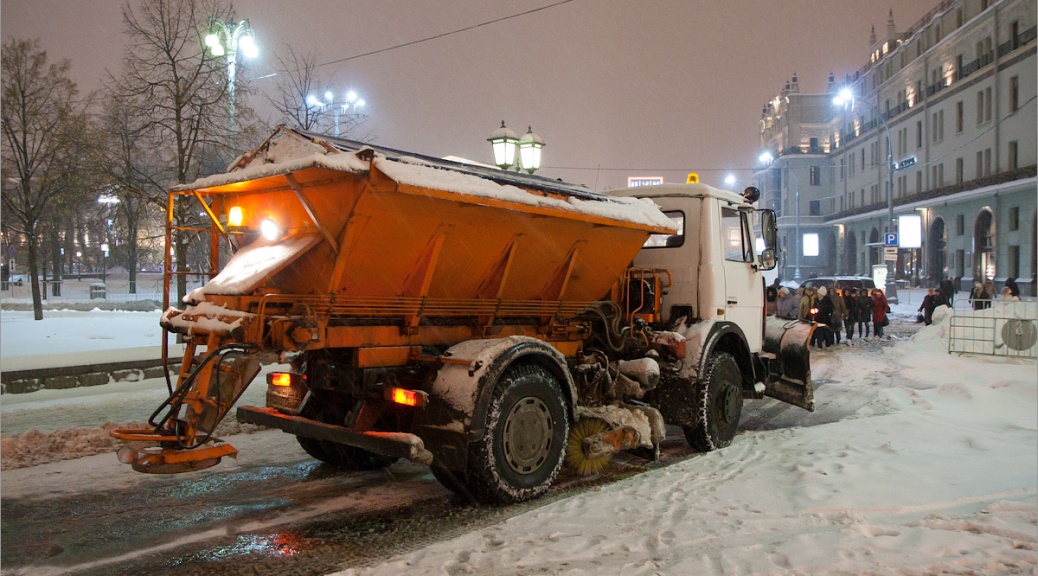Last week in Atlanta, two inches of snow caused more than two inches of chaos. Thousands of cars were abandoned along the interstate. Helicopters were sent out in search teams to find stranded motorists in a setting which began to resemble a zombie apocalypse movie. While driving experience certainly counts for something, Atlanta also lacked another important defense against ice: salt. In places like Chicago, which got 33 inches of snow in January, salting the roads is taken for granted. Most people in snowy climates are used to scrubbing salt stains off their boots, but why does it melt ice?
The answer is, “because of thermodynamics.” There’s no easy way around it. But if you want to understand why entropy can be used to melt ice on the sidewalk, buckle up; it’s about to get serious.
If you’re like me, somebody lied to you about why salt melts ice. A teacher might’ve told you the answer had to do with salt particles interfering with the crystal structure of ice. A lot of chemistry books and online explanations give the same rationale, but the real explanation is both more fundamental and more complex.
In order to appreciate the melting powers of entropy, we have to understand that salt dissolves in water. The most common road salt is sodium chloride (NaCl). When added to ice, it breaks into individual sodium and chloride ions in a thin layer of water on the surface of the ice. Adding the ions to the solution is what increases the system’s entropy.

A liquid, like water, has more entropy than a solid like ice. This seems intuitive—there are many more ways to arrange a puddle than an ice cube. A salty liquid has more entropy than a pure one, just like a mixture of orange and green balls has more entropy than all orange or all green. The salt ions add combinatorial possibilities—they increase entropy.
The real question is why does entropy melt ice?
To say something is frozen, is a statement about its entropy, not its temperature. Pure water doesn’t turn to solid because the temperature is 0ºC, it freezes because entropy has dropped low enough that a solid is possible. 0ºC just happens to be the temperature when this happens. This is why every liquid has a unique freezing point. The temperature has to drop all the way to -187ºC before enough entropy is overcome that propane solidifies.
The bottom line is that adding salt to water increases entropy, and it takes colder temperatures to freeze a system with higher entropy. If you think about it in these terms, a salt truck is really just a 30-ton entropy spreading device.
